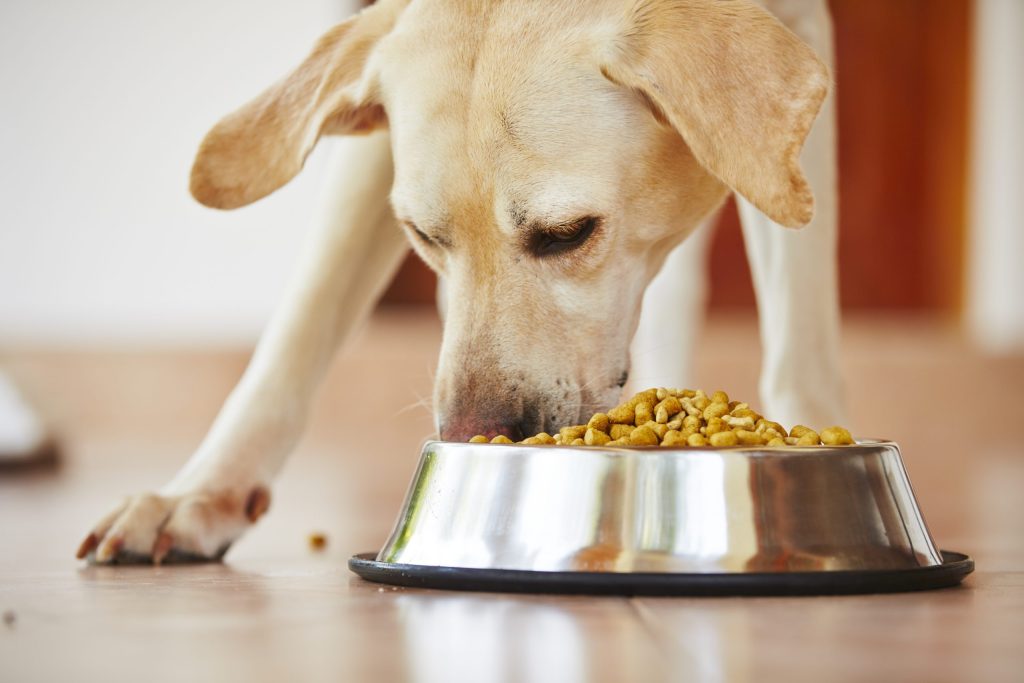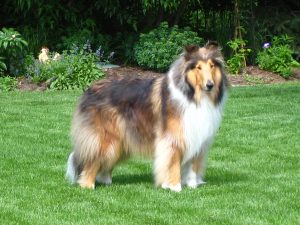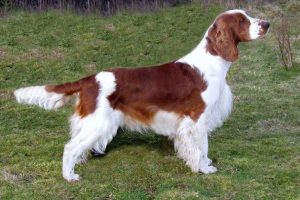© By Linda J. Brodzik, Dog Trainer & Behavior Specialist
WHAT IS RESOURCE GUARDING?
Dogs may guard food, bowls (even when empty), bones, toys, and locations (such as their bed, your bed, a favorite piece of furniture or a location in the house). Dogs may also guard seemingly unimportant items such as tissue, pens, shoes or other such items they may steal or find on the floor. Dogs may even guard people. Some dogs may also display aggression when physically handled, whether it is for affection, grooming or restraint.
SIGNS OF RESOURCE GUARDING
When guarding a coveted resource, dogs may growl, bark, snarl, bare teeth, snap or even bite. These are fairly obvious signs that most people would recognize. Signs that maybe less noticeable to the average pet owner may include eating faster or “punching” at the bowl as someone approaches; they might pause when eating or freeze and become rigid. Staring and watching as you approach or pass by can also be a sign that the dog is anxious and may display other aggressive or problematic behaviors.
Dogs may display resource guarding to every person in the family, a specific person in the family, guests or other non family persons, or other dogs/pets.
TREATMENT OF RESOURCE GUARDING
Most dogs displaying resource guarding can learn to be calm and accepting of approach, handling and of people taking coveting items away. Treating resource guarding should include management and retraining using systematic detestation and counter conditioning, and/or constructive aggression training. These techniques will work to reinforce the dog for successive levels of calm and excepting behaviors in conjunction with approach when in proximity to a coveted item.
Prognosis for learning a calm, self-controlled and accepting demeanor in conjunction with approach when in proximity to a coveted item is very good. Emphasis must be placed on following a systematic training program that focuses upon teaching expectable behaviors. Punitive and otherwise aversive treatment, challenging and/or threatening the dog often results in a higher level of aggression and defensive behavior displayed by the dog and is not recommended.
Professional assistance should be employed to ensure proper application of training methods and the greatest probability of results.
PREVENTION OF RESOURCE GUARDING
Although it may not always be possible to prevent resource guarding there is much that owners can do to lessen the likelihood of it occurring with their dog. It is best to start conditioning your dog to physical manipulation, handling of food, bones and toys when they are young and under 12 months.
- You can help prevent resource guarding by hand-feeding your puppy his/her food.
- Approaching him/her as they are eating and dropping a favored treat at their side or in their bowl.
- Approach them as they are resting and offer them a favored treat.
- Approach and pet them as they are resting and offer them a favored treat.
- As they are chewing on their toy or a bone, approach, offer them a favored treat as you take their toy. Give them the treat then give the toy back. When they are calm, gently handle their paws, ears, tail, mouth… as you offer them a favored treat. Teach them to trust trading!
Remember that the goal is not to challenge or threaten your dog; it is to build their confidence and trust in your approach and handling. A dog that feels safe and trusts your intent is not likely to display aggressive behaviors.






